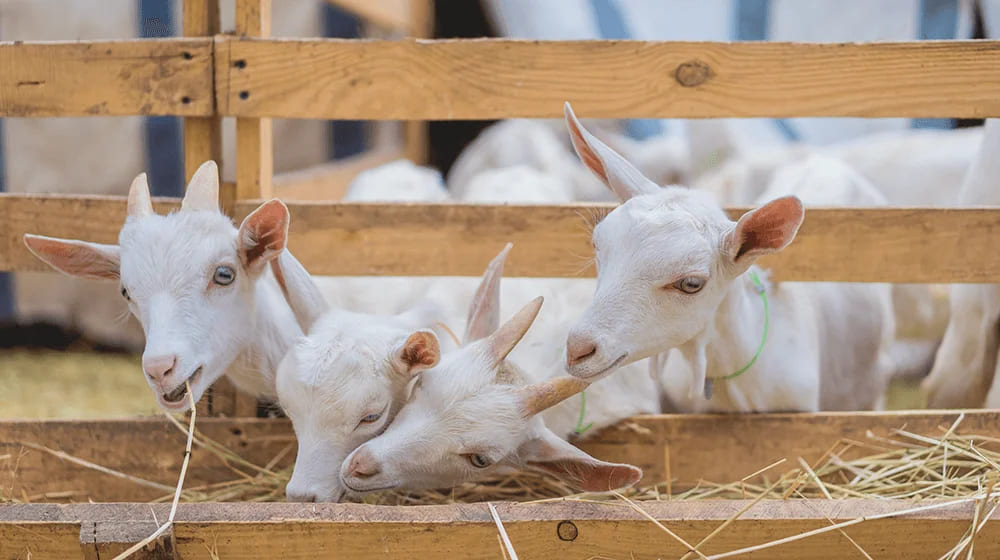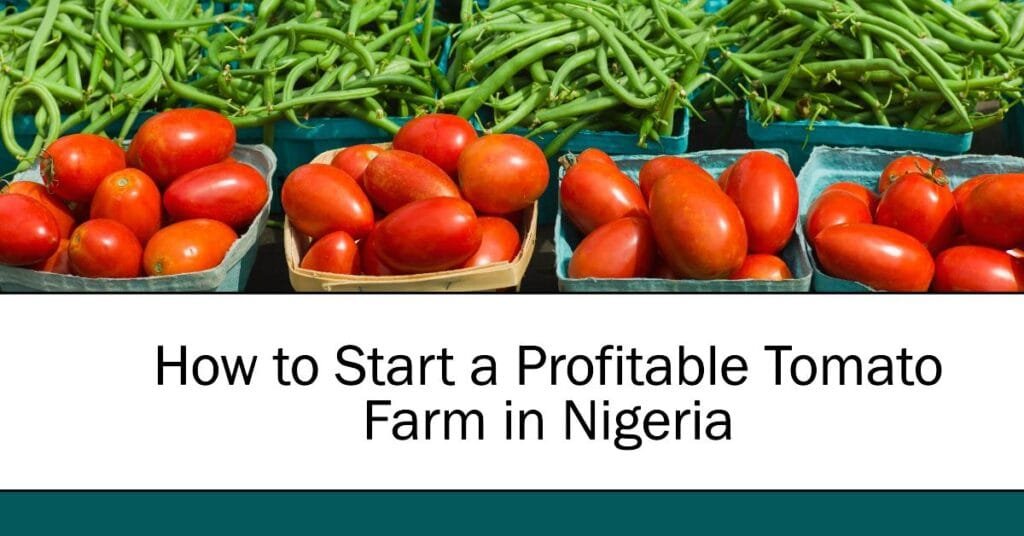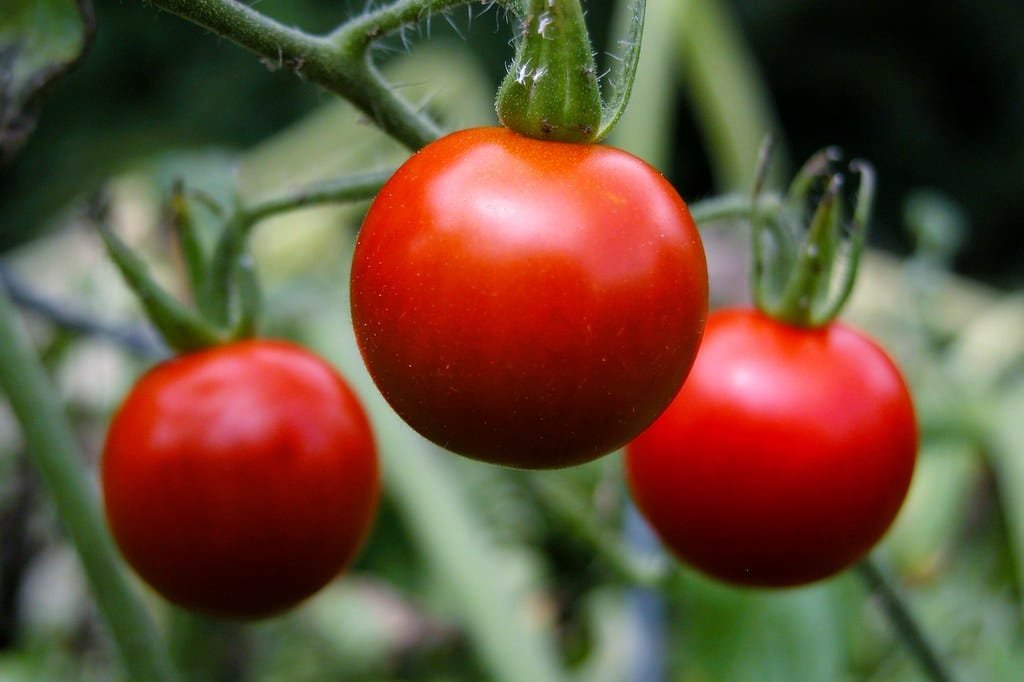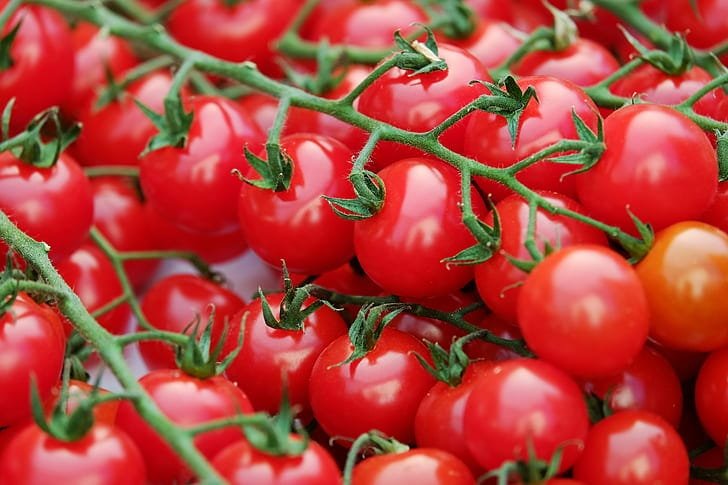When it comes to raising healthy and productive goats in Nigeria, feeding is everything! A well-fed goat grows faster, produces better milk, and has a stronger immune system. But how do you provide a balanced diet without spending a fortune on commercial feeds?
The secret lies in understanding local feed resources, using cost-effective nutrition plans, and ensuring a balanced diet that meets all the essential needs of your goats. In this guide, I’ll walk you through the best feeding practices to maximize your farm’s success.
Understanding Goat Nutrition: What Do Goats Really Need?
Goats aren’t just grass eaters! To stay healthy, they need:
- Fiber – Found in grasses, hay, and leaves. Essential for digestion.
- Protein – Needed for growth and milk production. Sources include groundnut cake, soybean meal, and legumes.
- Energy – Provides the strength for daily activities. Found in corn, cassava peels, and yam peels.
- Minerals & Vitamins – Helps with bone growth, fertility, and disease resistance. Can be supplemented with salt licks, bone meal, and fresh vegetables.
A goat’s diet should contain at least 12-16% protein and adequate energy sources to ensure proper growth.
Best Local Feed Resources for Nigerian Farmers
One of the biggest challenges in goat farming is the high cost of feed. But guess what? Nigeria is blessed with many affordable and nutritious feed options you can use!
Forage and Browse Plants (Best Natural Feeds)
- Elephant grass – Highly nutritious and easy to grow.
- Gliricidia leaves – A great protein source.
- Leucaena leaves – Boosts weight gain and milk production.
- Banana & plantain peels – Provides good fiber and energy.
- Cassava leaves & peels – Rich in energy but should be dried first to remove toxins.
- Maize stalks – Great for dry season feeding.
Agro-Industrial Byproducts (Affordable & Effective)
- Groundnut haulms – Excellent protein source.
- Palm kernel cake – Provides energy and protein.
- Brewers’ dried grains – Cheap and rich in fiber.
- Rice bran & wheat offal – Good for energy but should be mixed with other feeds.
By using a combination of these feeds, you can cut costs while still providing balanced nutrition for your goats!
7 Nutritional Strategies for Nigerian Farmers
Proper nutrition is the backbone of successful goat farming. In Nigeria, where feed costs can be high and resources limited, farmers must adopt smart feeding strategies to ensure their goats remain healthy, productive, and profitable. Here are seven effective nutritional strategies tailored for Nigerian farmers.
1. Utilize Local Feed Resources
Relying on imported feeds can be expensive. Instead, farmers should explore readily available local feed options such as:
- Forages: Guinea grass, elephant grass, and brachiaria
- Browse plants: Gliricidia, leucaena, and moringa leaves
- Crop residues: Maize stalks, groundnut haulms, and cassava peels (processed to remove toxins)
Using these resources reduces feeding costs while ensuring the goats receive essential nutrients.
2. Provide a Balanced Diet
A well-balanced diet should contain the right proportions of fiber, protein, energy, vitamins, and minerals. A good feeding mix for goats includes:
- Fiber: Grasses, hay, and leguminous plants
- Protein: Soybean meal, groundnut cake, and cowpea husks
- Energy sources: Maize, sorghum, and cassava
- Minerals and vitamins: Salt licks, bone meal, and premixes
A balanced diet supports optimal growth, reproduction, and milk or meat production.
3. Implement Cost-Effective Feeding Strategies
To reduce feeding expenses without compromising nutrition, Nigerian farmers can:
- Grow pasture and fodder crops instead of buying commercial feeds
- Use agricultural by-products such as brewers’ grains and rice bran
- Ferment cassava peels to improve their nutritional value and digestibility
4. Ensure Proper Supplementation
Goats require adequate minerals and vitamins for strong immunity, bone formation, and reproduction. Essential supplements include:
- Salt licks: Provide sodium, calcium, and phosphorus
- Bone meal: Improves calcium intake
- Multivitamin premixes: Boosts overall goat health
Without proper supplementation, goats may suffer from deficiencies leading to slow growth and reproductive issues.
5. Optimize Water Supply
Water is crucial for digestion and overall goat health. Farmers should:
- Provide clean and fresh water daily
- Ensure water troughs are accessible at all times
- Add electrolytes to water during extreme heat to prevent dehydration
Lack of water can lead to reduced feed intake and poor health outcomes.
6. Adopt Feeding Management Practices
Efficient feeding practices maximize feed utilization and reduce wastage. Farmers should:
- Feed goats at regular intervals (early morning and late afternoon)
- Use feed troughs to prevent contamination and wastage
- Monitor feed intake and adjust rations based on goat weight and productivity
A structured feeding plan ensures goats get the right amount of nutrients at the right time.
7. Prevent Feed-Related Diseases
Contaminated or unbalanced feed can cause diseases. To minimize risks:
- Store feeds in dry, well-ventilated areas to prevent mold growth
- Avoid feeding spoiled or fermented grains that can cause bloating
- Introduce new feeds gradually to prevent digestive upset
Healthy goats translate to higher productivity and profitability.
How to Create a Cost-Effective Feeding Plan
Feeding doesn’t have to break the bank. Here’s a simple feeding plan you can follow:
Daily Diet Plan (For Adult Goats)
| Feed Type | Quantity per Goat (kg) | Example Sources |
| Forage (Grass/Leaves) | 3-4 kg | Elephant grass, Leucaena, Banana peels |
| Protein Source | 0.5-1 kg | Groundnut haulms, Palm kernel cake |
| Energy Source | 0.5-1 kg | Cassava peels, Maize stalks |
| Mineral Supplement | Small amounts | Salt lick, Bone meal |
Pro Tip: If you’re feeding cassava peels, always dry them first to remove toxins!
How to Feed Goats During the Dry Season
Feeding goats in the rainy season is easy because there’s plenty of fresh grass. But what happens during the dry season when everything turns brown?
Here’s what you can do:
- Store Hay and Silage – Cut and dry grasses during the rainy season for later use.
- Use Crop Residues – Maize stalks, groundnut haulms, and rice straw are lifesavers in dry months.
- Supplement with Agro Byproducts – Brewers’ dried grains, wheat offal, and palm kernel cake provide extra nutrition.
- Give Mineral Blocks – Ensures goats get enough vitamins and minerals.
By planning ahead, you can prevent malnutrition and keep your goats in top shape all year round!
Common Feeding Mistakes (And How to Avoid Them!)
Even experienced farmers make mistakes! Here are the biggest feeding errors and how to fix them:
- Overfeeding grains – Causes bloating and digestive issues. Always balance with roughage.
- Feeding only grass – Lacks essential nutrients. Mix with protein sources.
- Not providing clean water – Goats need 3-5 liters of water daily.
- Ignoring mineral supplements – Leads to weak bones and poor growth. Always provide salt licks.
If you avoid these mistakes, your goats will grow faster, healthier, and more productive!
How to Feed Your Goats for Maximum Productivity
If you want strong, productive goats, a balanced diet is key. Use local feed resources, plan for seasonal changes, and avoid common feeding mistakes.
Best Practices for Feeding Nigerian Goats
- Use cheap but nutritious local feeds (elephant grass, cassava peels, palm kernel cake).
- Balance fiber, protein, and energy for optimal health.
- Store dry season feeds like hay and silage early.
- Provide minerals and clean water daily.
- Avoid feeding only one type of food—variety is key!
If you follow these steps, your goats will grow faster, produce more milk, and give you better profits.
Conclusion
By utilizing local feed resources, maintaining a balanced diet, and adopting cost-effective strategies, Nigerian farmers can optimize goat nutrition for better health and productivity. Whether raising goats for meat, milk, or breeding, proper feeding is the foundation of success.




